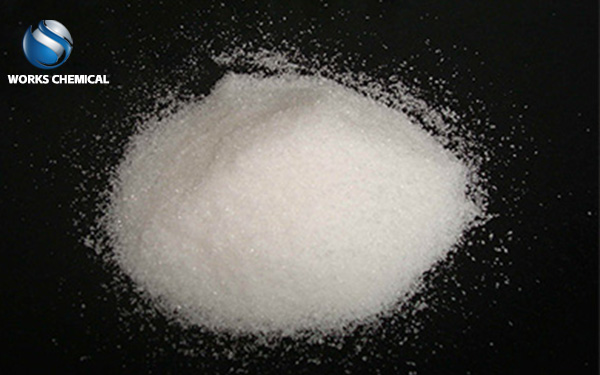
First, the definition of sludge dehydrant
Sludge dehydrating agent is a kind of chemical agent which can change the surface structure of sludge, reduce the solid surface load of sludge, reduce the specific surface area of sludge and destroy the structure of bacteria. By adding sludge dewatering agent, the dewatering performance of sludge can be improved, making it easier to remove water by mechanical or physical methods, so as to achieve the reduction and stabilization of sludge.

Second, common sludge agents
In the sludge treatment process, in addition to sludge dehydrating agents, there are a variety of agents are widely used. The following are some common sludge agents and their characteristics:
flocculant
Definition: An agent capable of effectively separating stubborn substances from liquids.
Common types: polyacrylamide (PAM), polyaluminum chloride (PAC), etc.
Function: Through the mechanism of electric neutralization, adsorption bridge, etc., the suspended matter in the sludge is aggregated into a group to form a large floc, which is convenient for subsequent treatment and disposal.
Coagulant aid
Definition: An agent that AIDS the action of flocculants and is used to enhance the effect of coagulation.
Common types: Select according to the specific process and sludge properties, such as some inorganic salts or organic polymer substances.
conditioner
Definition: An agent for conditioning the residual sludge before dehydration to improve the dewatering performance of the sludge.
Common types: including some surfactants and inorganic salts, the specific types are determined according to the nature of sludge and treatment requirements.
demulsifier
Definition: Mainly used in the pretreatment of oily wastewater agents, can destroy the stability of the emulsion, so that oil and water separation.
Common types: such as polyethers, polysiloxanes and so on.
defoamer
Definition: An agent used to eliminate large amounts of air bubbles produced during aeration or agitation.
Common types: including silicones, polyethers, fatty acids, etc.
pH regulator
Definition: An agent used to regulate the acidity and alkalinity of sewage.
Common types: acid regulators (such as sulfuric acid, hydrochloric acid) and alkaline regulators (such as sodium hydroxide, calcium hydroxide).
Oxidizing reducing agent
Definition: Chemical agents mainly used in the treatment of wastewater containing oxidizing or reducing substances.
Common types: including oxidizing agents such as chlorine gas, ozone, potassium permanganate, and reducing agents such as sodium sulfite and sodium thiosulfate.
antiseptic
Definition: An agent used to disinfect wastewater prior to discharge or reuse.
Common types: including chlorine gas, sodium hypochlorite, chlorine dioxide, etc.
Microbial flocculant
Definition: The use of microorganisms or their metabolites produced with flocculating activity as a flocculant.
Features: safe and non-toxic, suitable for tap water, water reuse purification and other fields.
Other new drugs
With the improvement of science and technology and environmental awareness, there are also some new sludge conditioners, such as biotechnology-based sludge conditioners. These new agents (sludge conditioners) have the characteristics of environmental protection, non-toxic, harmless, etc., and have broad application prospects in sludge treatment.
Please note that the above listed agents are only common types, and there may be many other types of agents available for practical applications. In the selection of agents, it is necessary to comprehensively consider the specific sludge properties, treatment processes and treatment effects required.